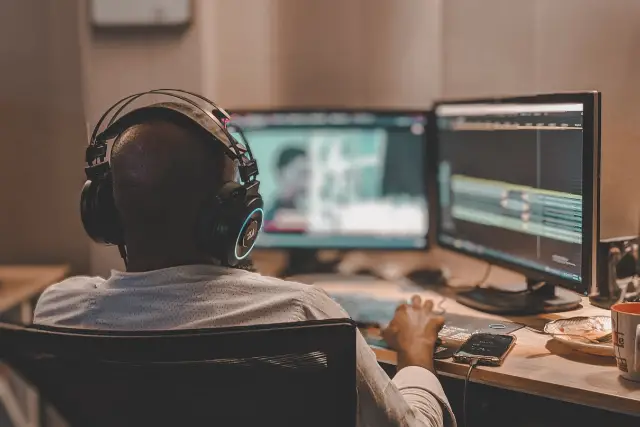Have you ever stared at your notes for an hour and then realized you remember absolutely nothing? You might think that reading and rereading pages of text is productive, but more often than not, your brain needs more. This is especially the case for subjects like biology or history, where you have to memorize a lot of facts.
Most people can’t learn well if all they do is read. Your brain loves visuals, plus on top of that, it’s built to recognize patterns, process images, and link information to what it can see. That’s why you can remember how a meme from 2 years ago looked, but the formula you reviewed 10 minutes ago is hazy.
Luckily, studying visually is not something you can’t do on your own.
Keep reading, and you’ll find 6 study techniques that become way more effective as soon as you add a visual element to them.
Study Strategies That Get More Effective with Visuals
Some students use AI to generate videos, others draw diagrams, and mind map topics. But that’s not all!
Here are study strategies that get better with visuals.
1. Mind Mapping Complicated Topics
Mind mapping lets you take big, messy topics and turn them into something your brain can follow. Instead of writing long lists or paragraphs of notes, you build a sort of visual web. You start with a central idea and branch out into subtopics, examples, and definitions.
This format helps your brain organize information the way it naturally works – by connecting ideas. It’s particularly helpful for subjects like science and planning essays. When everything is laid out, it’s easier to understand and remember.
2. Learning Based on Timelines
When you’re dealing with things like historical wars, story plots, or scientific processes, a timeline can be just what the doctor ordered. Putting events in order helps you spot cause-and-effect relationships, patterns, and turning points.
It’s one thing to memorize dates and a whole other thing to see how one moment led to another. If you make your own timeline (or even study using someone else’s), it will help you lock that sequence into your brain. And the more visual you make it (colors, symbols, images…), the better it will stick.
3. Drawing Your Own Diagrams
Even if you can’t draw, that’s okay; you can still do this. Diagrams are especially useful when you’re trying to figure out systems such as the human body, an electric circuit, or how a cell divides. Even if all you do is copy a diagram from your textbook, the act of drawing forces you to slow down and notice how everything connects.
It’s active learning, not passive. You aren’t just looking at the parts, but you’re getting a sense of how they work together. And when the exam comes, you’ll probably be able to picture that diagram in your head. It’s easier to remember something you actually understand.
4. Using Color-Coded Notes
You’re more likely to remember something in color than in black and white. When you use different colors for different categories (like terms, definitions, and examples), your brain creates a visual map of what goes where. This will help you remember details faster and more accurately, especially when you’re under pressure.
For example, if you make all the formulas in blue, your brain will start to associate that color with math rules. All of a sudden, your notes are no longer just text; they’re a visual memory tool.
5. Watching or Creating Explainer Videos
Explainer videos are a great way to break down difficult ideas in a short, focused format. You can watch ones that already exist or make your own if you want the concept to really stick.
You can record a quick video explaining the topic to yourself (even with just your phone) to help reinforce the material through speaking, hearing, and seeing. You’re teaching yourself, and that’s one of the most effective ways to learn.
6. Flashcards with Images Instead of Just Text
Flashcards are a classic when it comes to study tools, but they work even better when you add visuals. Instead of writing the word “mitochondria” on one side and the definition on the other, include an image of what it looks like. This also works for vocabulary, math symbols, flags, historical figures… You name it.
Visual cues give your brain something to hook the meaning onto. Quizlet makes it super easy to add pictures to your flashcards, and once you get used to seeing those images, your memory speeds up naturally.
Conclusion
Studying isn’t that exciting, but if you turn your notes into something your brain will want to look at, it will be much easier and quicker. The best part about this is that you don’t need fancy tools or the ability to draw perfectly to make it work for you.
You just need the will to do it and maybe a couple of colored markers.

